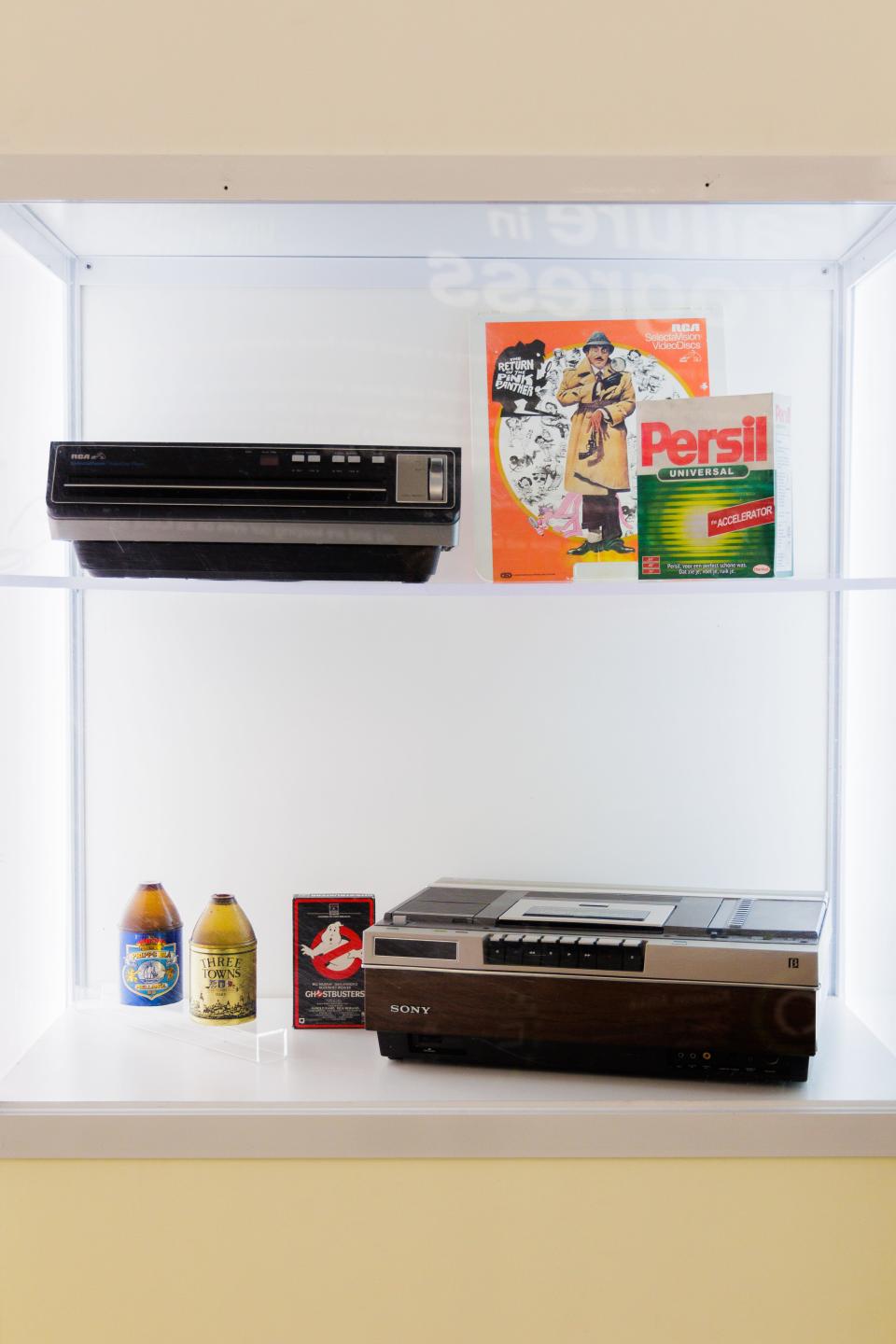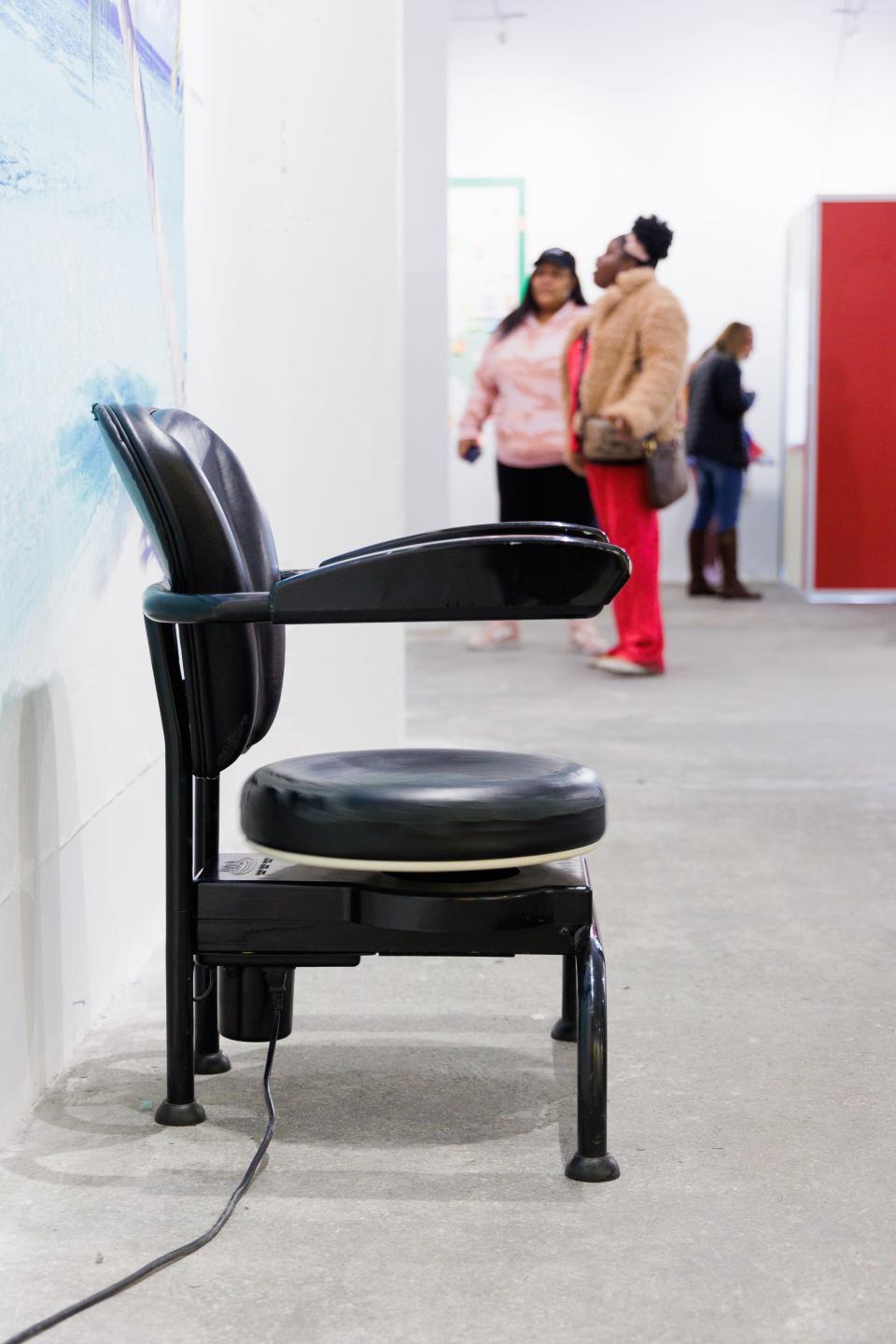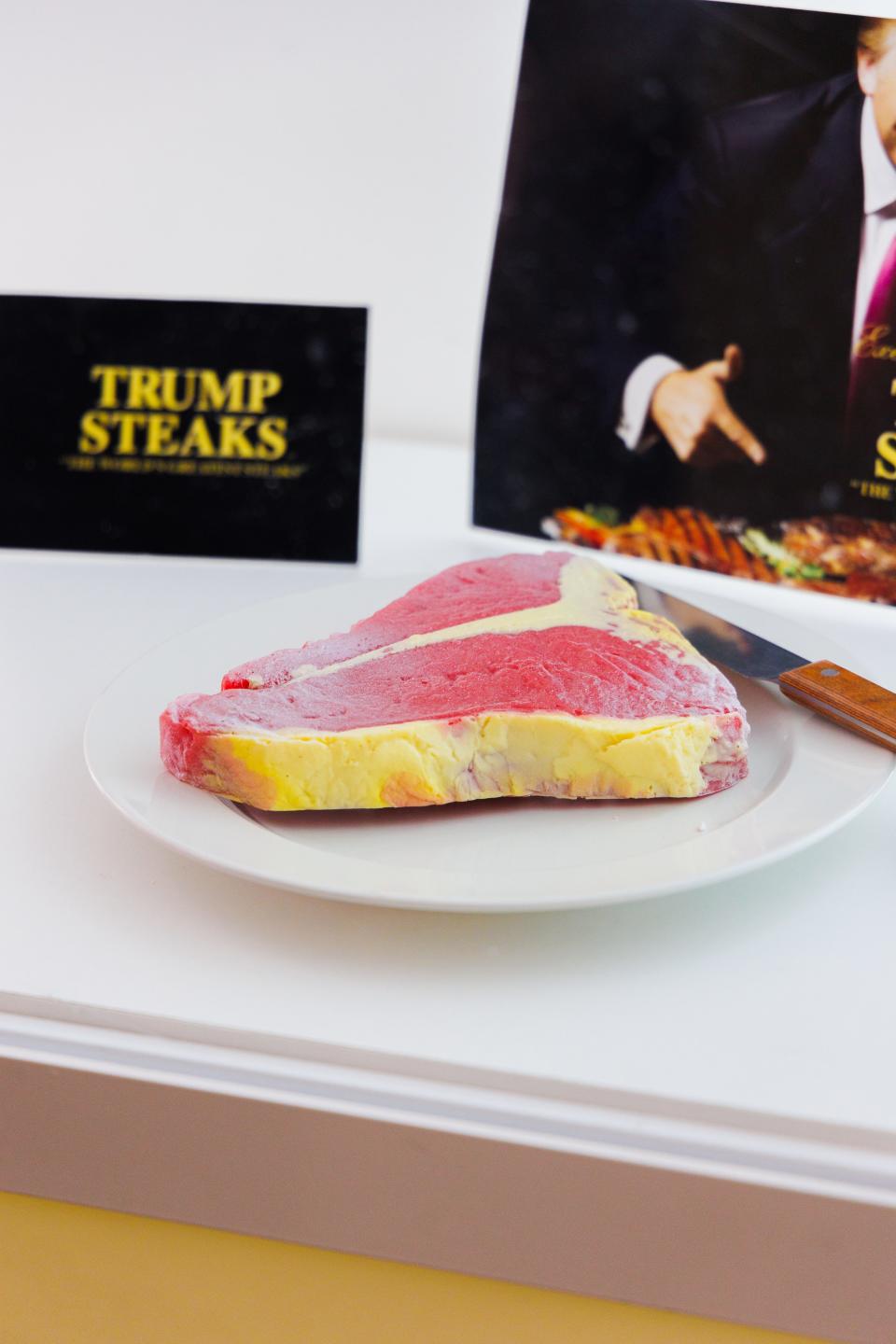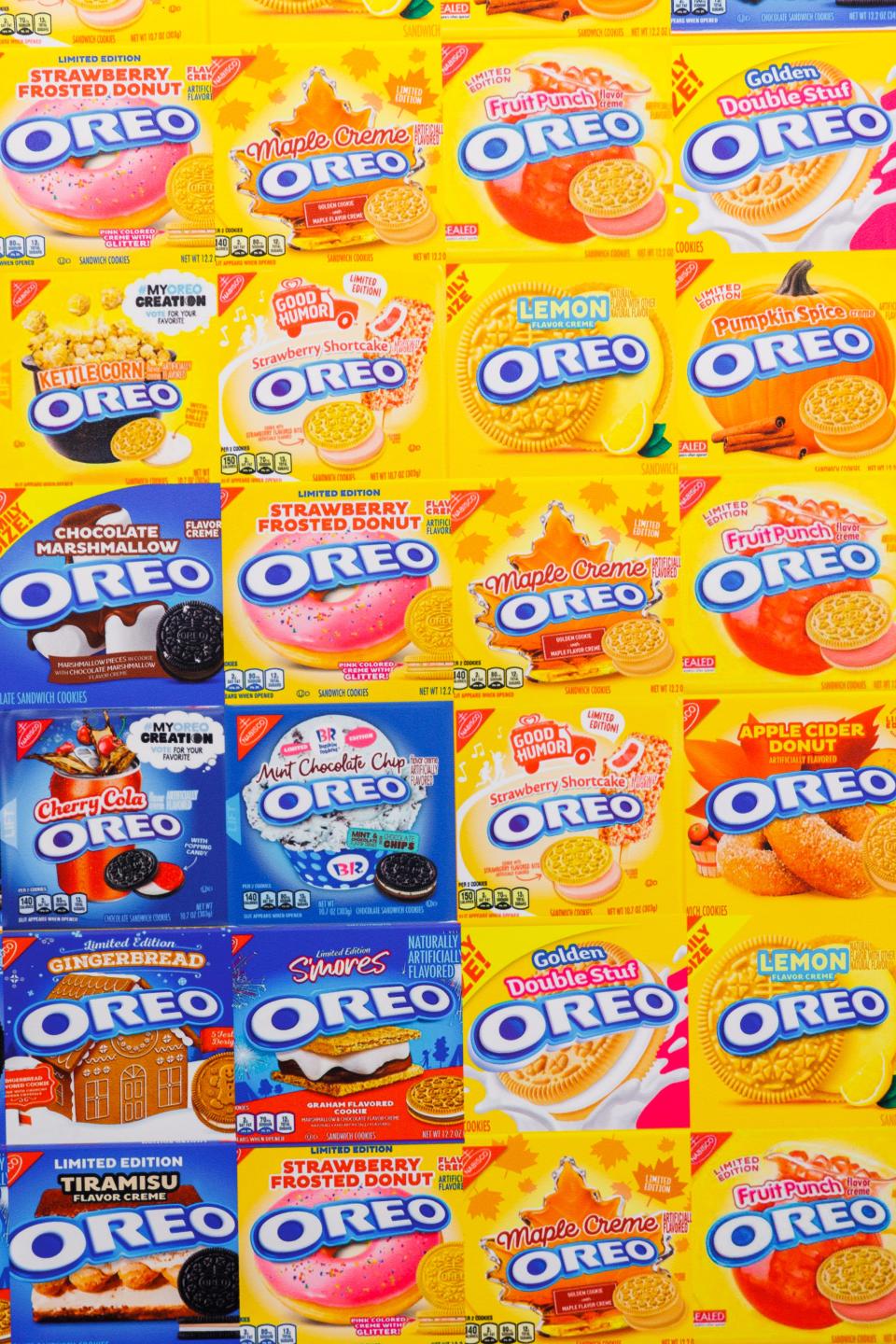Bic for her? Limeade Oreos? History's memorable mishaps celebrated at Museum of Failure.
On a Thursday night in Brooklyn's Industry City, a medium-sized crowd is milling around sipping on CBD-infused bubbly drinks and wine in plastic cups. The occasion? A celebration of some of history's greatest flops — literally.
The Museum of Failure, a traveling exhibit which first debuted in Sweden in 2017 has arrived in New York. The pop-up, which is the brainchild of clinical psychologist Dr. Samuel West, will spend a two month stint entertaining patrons in the Big Apple.
Jim Somoza, the Director of Development at Industry City says the the exhibit seemed "on brand" for the industrial park which is home to a number of creator spaces and retailers. The off-beat, out-of-the-box nature of the exhibit turns the very idea of what should be a museum on its head, he adds.
Here are some of the highlights:
Detergent that destroys clothes?

Inside the museum glass cases house the failures themselves. One display has a box of Persil Power Detergent, a product which hit the shelves in 1994 only to destroy the very clothing it sought to cleanse. Needless to say, not a customer favorite.
Medical mishaps
The medical section of the exhibit is perhaps the most disturbing. A failure in this industry is, of course, costly in a different way.
This particular tableau includes tools for a frontal lobotomy, a copy of Inc. Magazine with disgraced Theranos founder Elizabeth Holmes on the cover, and a box of Rely Tampons. Branding for the feminine hygiene product claims “it even absorbs worry” a statement proven less true when the blend of carboxymethylcellulose and polyester began to give women toxic shock.
Nearby the display Erica Siciliano, 32, and Liz Thompson, 32 joked about the boardroom meeting that took place before the launch of that product. “How many women do you think were in that room?” Siciliano said, "probably none."
Get fit sitting down?

The tone was largely informal, with most exhibits seemingly meant to be ‘talkers’ – more fodder for a few chuckles and some lively debate than serious reflection.
Johanna Guttmann, the exhibit's director, pointed patrons toward the ‘hula chair’ a gyrating contraption meant to build the abdominal muscles. “Imagine working from home like this” she joked to a crowd of visitors while the chair swung her in circles.
Trump: Success or failure?

In a testament to the enduring cultural power of the strongman, both Elon Musk and Donald Trump had their own display.
While Musk’s was confined to one wall, Trump has both a wall and a few glass cases. A Trump board game which appears to be a Monopoly knockoff and Trump's signature line of steaks each had their own section, accompanied by large wall art reading 'Make America Fail Again.'
BIC For Her
The pen company, still a mainstay in the American office supply market, stepped in it supremely in 2012, releasing 'BIC For Her' a line of pens meant just for women. Designed "to fit comfortably in a woman's hand" the purple and pink writing utensils ended up being a PR nightmare.
One Amazon review for the product reads "I got these pens partly because people made fun of the fact that they were for women. I got them to write anti-feminist articles. Really I thought if I bought them I might actually get good at things like vacuuming and washing dishes and decorating. The pens work great but I'm still not very good at homemaking. Dang."
Soda flavored Oreos?
Further into the museum a section dedicated entirely to Oreos was wallpapered various failed flavors of the sandwich cookies. Oreo, which usually has 20 different flavors in rotation at a time, uses the many experimental varieties as a marketing tactic to boost sales of the original.
Some become fan favorites and stick around. Notably not on that list? Limeade or Cherry Cola Oreos.

Failure and success: Two sides of the same coin
Many of the museums displays feature products from brands with national recognition – Levi Strauss, Facebook, ESPN. The underlying theme being: these are companies that achieved great success, that didn’t make them immune to failure. One phenomenon can’t exist without the other.
"We need to accept failure if we want progress," Dr. West tells me nearby a case of Trump-brand steaks.
Society looks up to the innovator, he explains, but has very little tolerance for failure. In his work as a clinical psychologist, West arrived at the idea for the museum by studying anxiety in patients. The fear of failure is an anticipatory anxiety, he says. The museum's exhibits are meant to present the thesis that failing isn't always as traumatic as you imagine, and may even be essential to later successes.
So you won’t be heading to the frozen section to pick up a microwave lasagna made by Colgate toothpaste, or a bottle of Harley Davidson cologne – not all innovation excites, some of it flounders, teaching its parent company a lesson and providing a laugh or a bit of nostalgia once the dust settles.
The nostalgia in particular can build a nice cross-generational experience, West notes, grandparents who come with their families can point out all the inventions they remember hitting the scene decades ago, he says.
It's a lesson best taught early in life — to achieve greatly sometimes you first have to fail greatly. There are plenty major brands that live to tell that tale.
This article originally appeared on USA TODAY: At the Museum of Failure, a celebration of famous brands' 'flop era'

